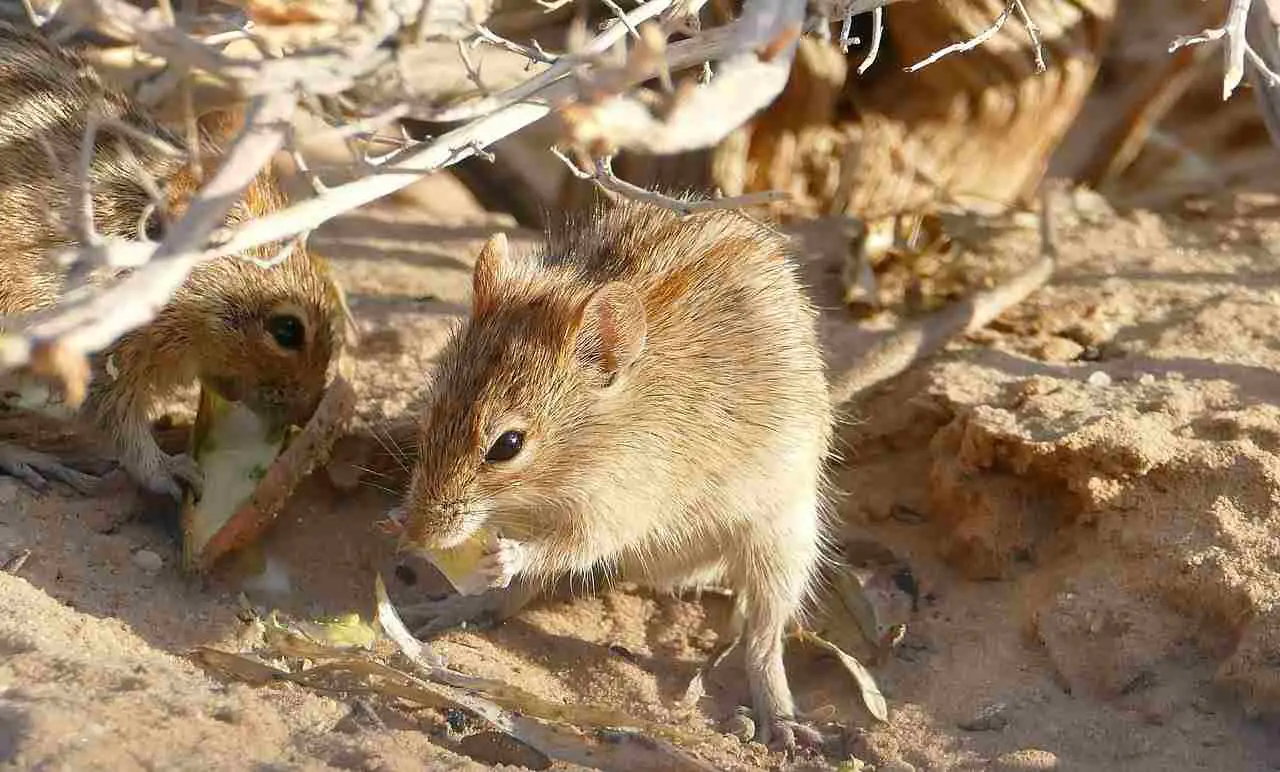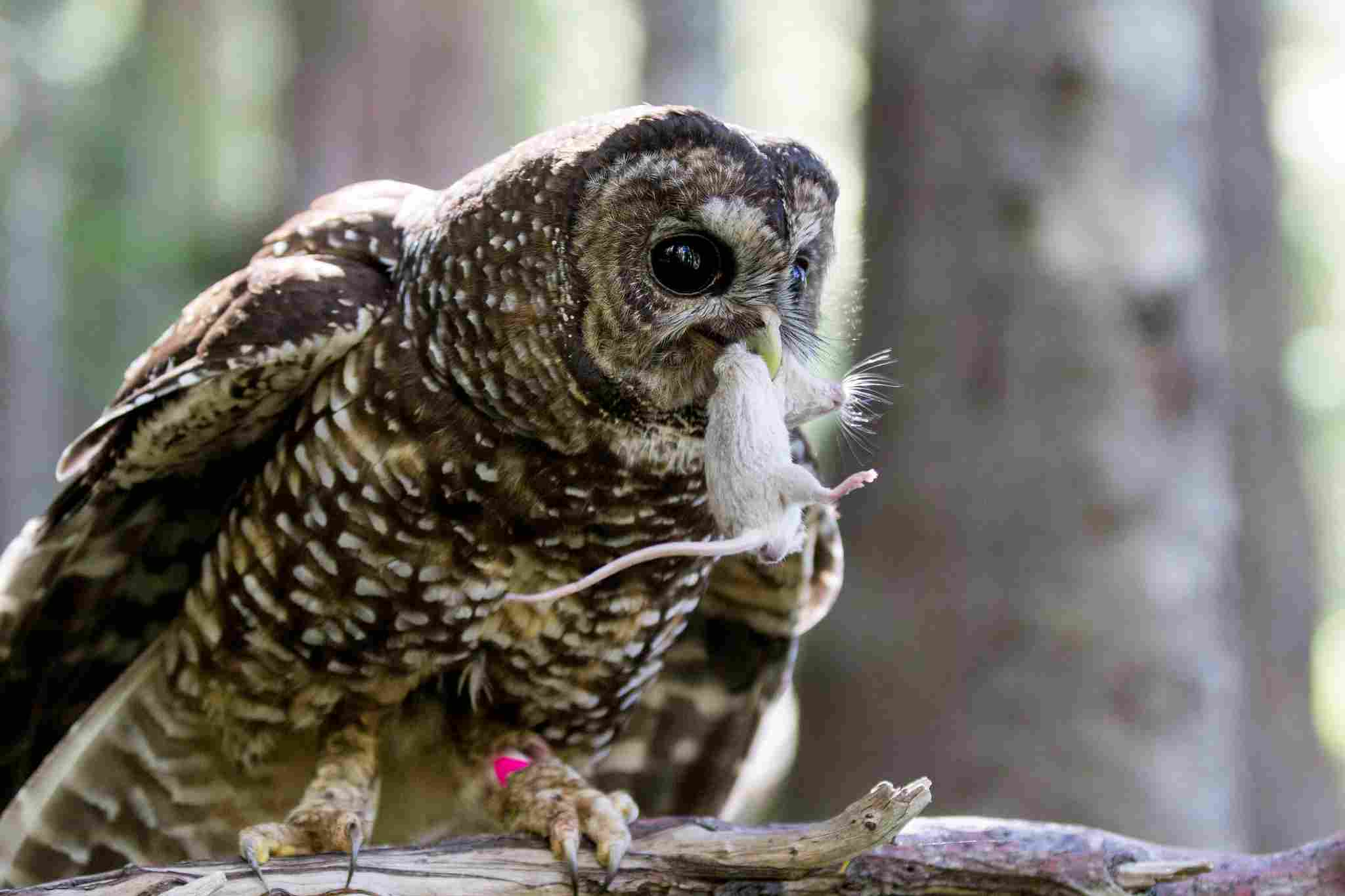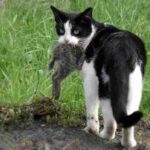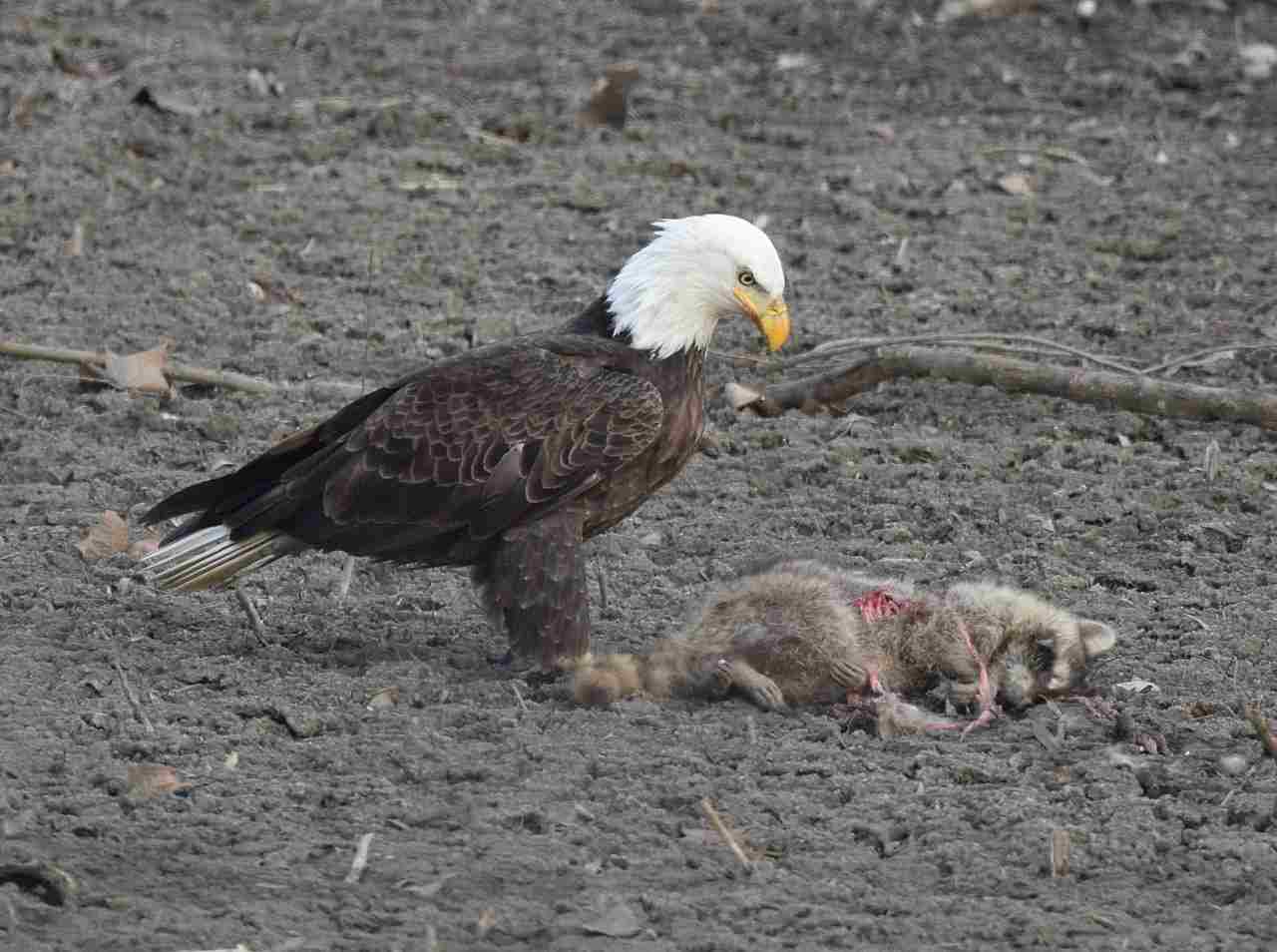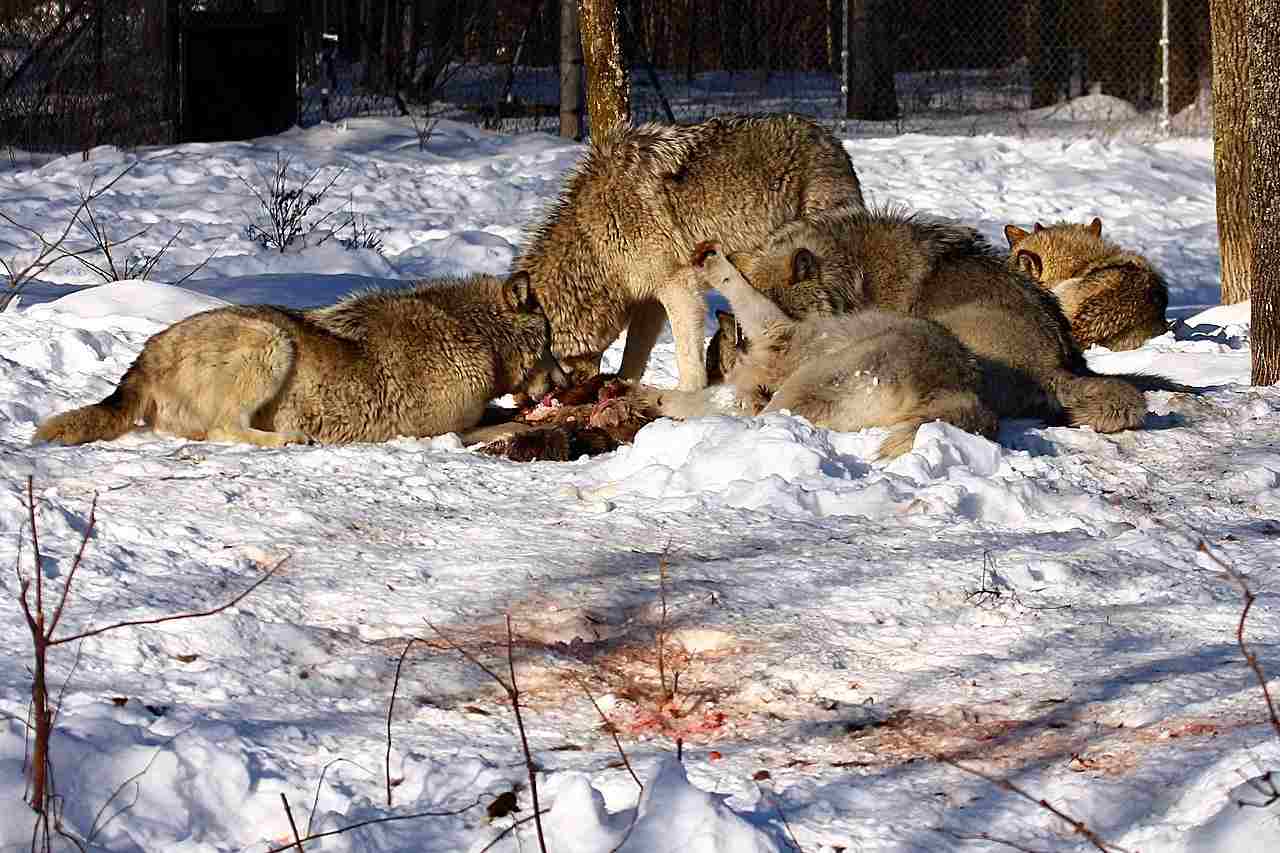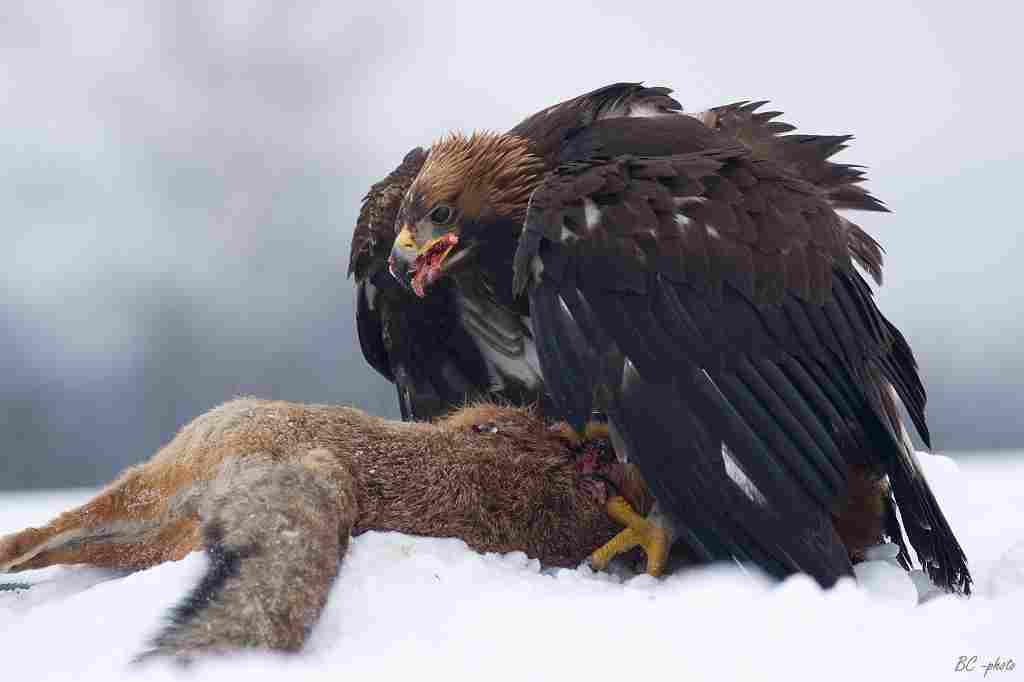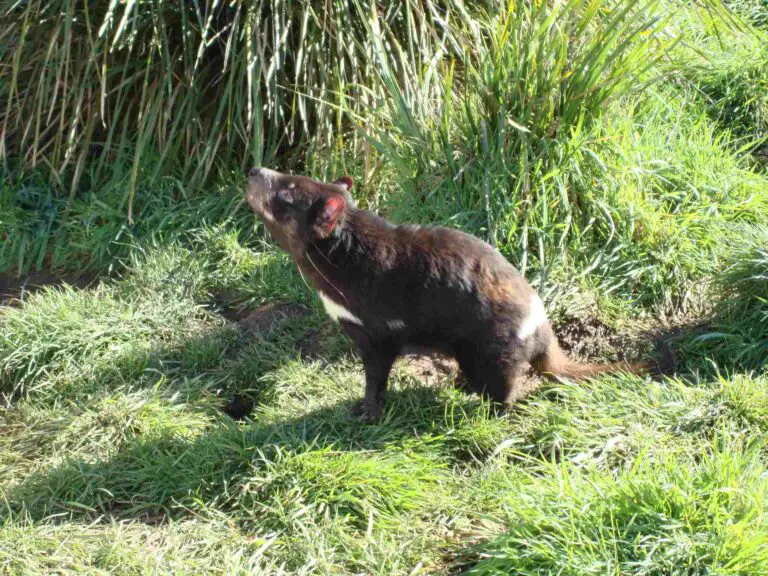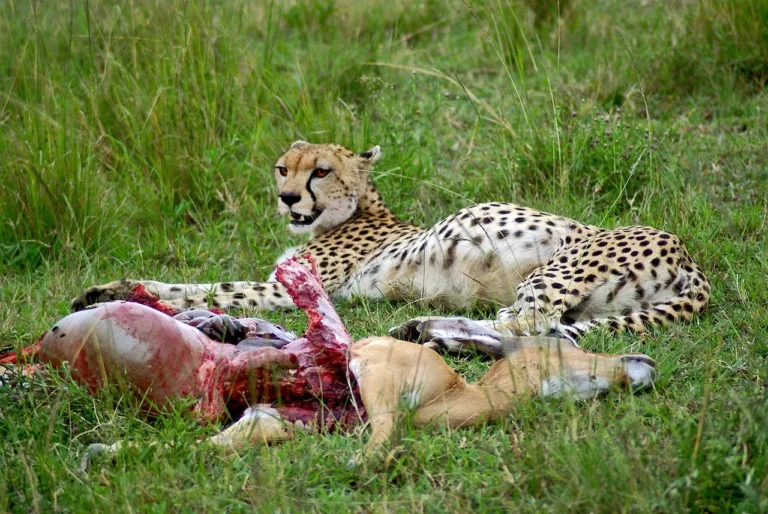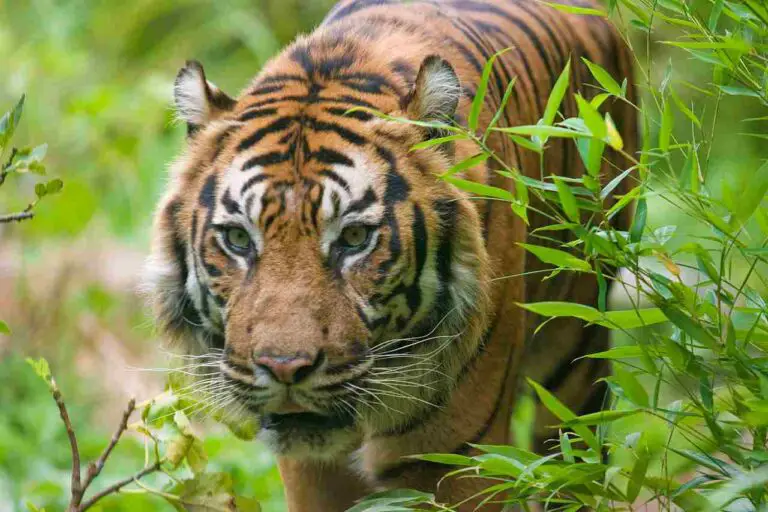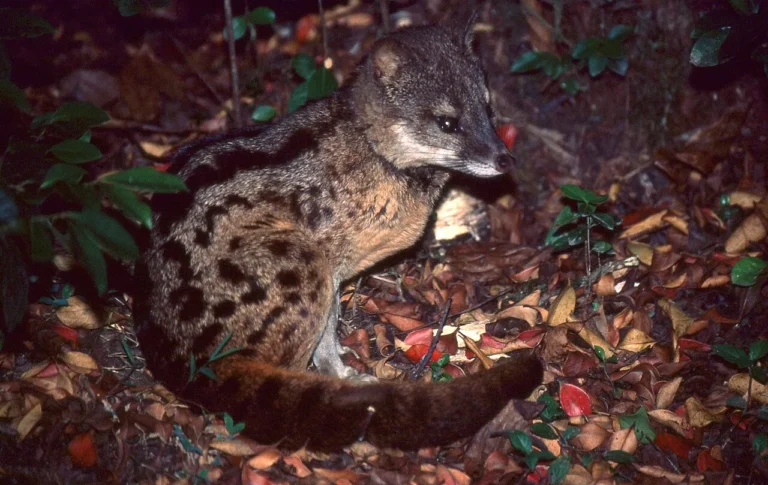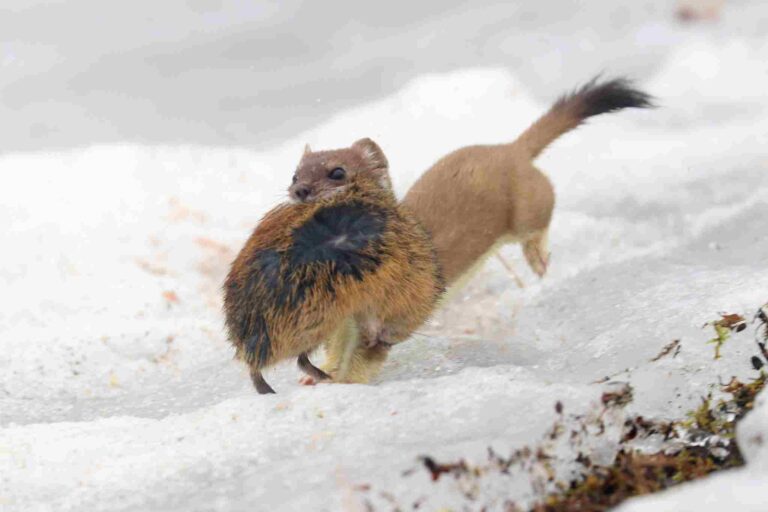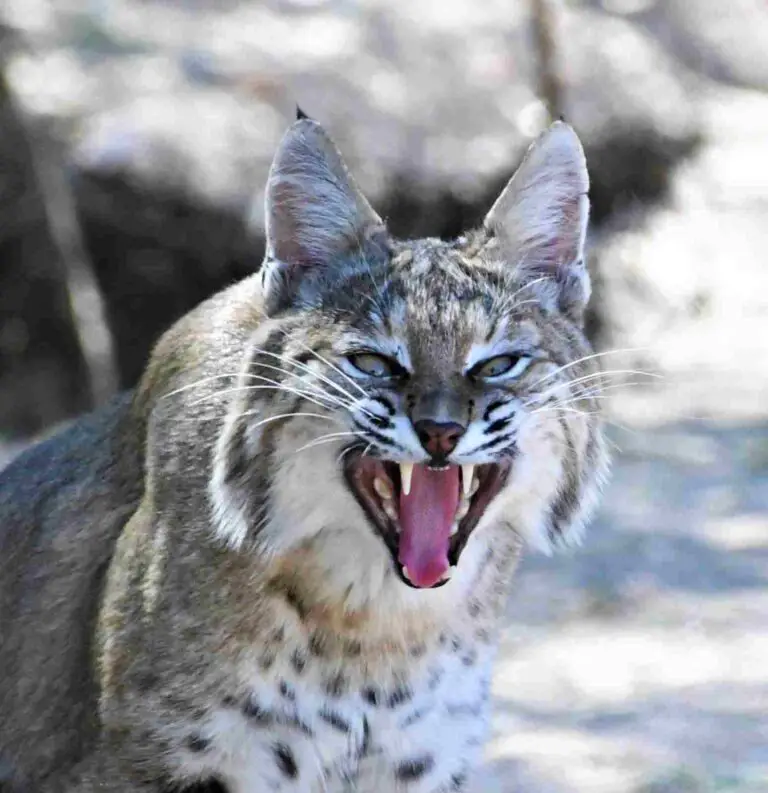What Eats A Hawk? 11 Predators of Hawks Discussed
Animals that eat hawks include larger hawks, snakes, eagles, large owls, foxes, raccoons, wolves, coyotes, ocelots, leopards, and pumas.
What Animals Eat Hawks?
1). Larger Hawks
Larger hawks, such as the northern goshawk and ferruginous hawk, have been known to prey on smaller hawk species. However, this behavior is relatively rare and may be attributed to conflicts over prey and territory. Instead of targeting other hawks, larger hawks will typically focus their hunting efforts on a variety of other prey.
They are opportunistic hunters and will go after small mammals like rabbits, squirrels, and mice, as well as birds and reptiles. These larger hawks have powerful talons and sharp beaks that enable them to capture and kill their prey efficiently. While they may occasionally target smaller hawks, it is not a common occurrence. It is important to note that hawks are not the primary prey of larger hawks, and their diet consists mainly of other animals.

2). Snakes
Snakes are another predator that can pose a threat to hawks, including both small and large species. While hawks are known for their aerial prowess, snakes have their own unique hunting strategies that allow them to ambush their prey, including hawks, in various environments.
Some larger snake species, such as pythons, emerald tree boas, and anacondas, are capable of climbing trees and lying in wait for unsuspecting prey. These snakes have the advantage of surprise, using their powerful bodies to constrict their victims or injecting venom to immobilize them. While this behavior is not exclusive to hawks, it demonstrates the adaptability and resourcefulness of snakes as predators.
In addition to targeting live prey, snakes may also consume eggs found in nests located in trees. While this behavior is not as common as hunting live prey, it highlights the opportunistic nature of snakes and their ability to exploit available food sources. However, it is important to note that snakes primarily prey on smaller animals, and hawks are not their primary target.
Interestingly, while snakes can be predators to hawks, they can also fall prey to hawks themselves, particularly smaller snake species. Hawks have keen eyesight and are skilled hunters, capable of spotting and capturing snakes on the ground or in trees. This dynamic demonstrates the complex interplay between predators and prey in the natural world.
3). Eagles
Eagles are larger and more powerful raptors that can pose a threat to hawks. With their superior size and power, eagles have the ability to overpower hawks using their sharp talons and beak. However, it is important to note that eagles will only eat hawks if their preferred food source is not available.
Eagles have a diverse diet and would rather prey on fish, small mammals, and other birds. They are known for their impressive hunting skills, often soaring high in the sky and scanning the landscape for potential prey. When an eagle spots a hawk, it may engage in an aerial pursuit, using its speed and agility to try and catch the hawk.
While eagles are formidable predators, they do not specifically target hawks as their primary prey. Hawks are not a preferred food source for eagles, and they are more likely to go after smaller birds or mammals. However, if an eagle comes across a weakened or injured hawk, it may take advantage of the opportunity and attempt to capture it.
In some cases, eagles and hawks may compete for the same resources, such as nesting sites or hunting grounds. This competition can lead to confrontations between the two species, with eagles sometimes driving hawks away from their territories. However, these interactions are more about establishing dominance and securing resources rather than direct predation.
4). Large Owls
Large owls, including species like the Great Horned Owl and the Eurasian Eagle Owl, are formidable predators that often share habitats with hawks. While large owls primarily prey on smaller mammals like rodents and rabbits, they have been known to target smaller hawks, especially juveniles.
These owls possess exceptional hunting skills, aided by their silent flight and acute hearing. They can swoop down on their prey with precision, using their sharp talons to capture and kill. While hawks are not their primary food source, large owls may take advantage of the opportunity to prey on them if they come across a weakened or injured hawk.
In addition to smaller hawks, large owls also prey on other birds, including smaller owls and waterfowl. They are opportunistic hunters and will take advantage of any available food source. However, it is important to note that large owls do not specifically target hawks as their main prey.
The relationship between large owls and hawks can be complex. While they may compete for resources such as nesting sites and hunting grounds, direct predation between the two species is not common. Large owls and hawks have different hunting strategies and prey preferences, which reduces the likelihood of direct confrontations.
5). Foxes
Foxes, a predatory canid, are not major predators of hawks but can prey on them opportunistically. While foxes primarily hunt small mammals like rodents and rabbits, they may also ambush hawks at ground level in forests, prairies, and other suitable habitats. However, it is important to note that foxes themselves can fall prey to raptors like eagles and some hawks.
Foxes are known for their agility and cunning hunting techniques. They have sharp teeth and claws that enable them to catch and kill their prey efficiently. While hawks are not their primary target, if a fox comes across a weakened or injured hawk, it may take advantage of the opportunity to hunt and consume it.
It is worth mentioning that foxes are also opportunistic scavengers, feeding on carrion and fresh kills. If they come across a hawk carcass, they may consume it as well. However, foxes do not specifically seek out hawks as their main food source.
6). Raccoons
Raccoons are opportunistic omnivores that can prey on hawks, although it is not a common occurrence. They are known to scavenge for food and will take advantage of a fresh kill or carrion, including a hawk carcass if they come across one. While raccoons primarily feed on small mammals, birds, fish, and insects, they have been observed climbing trees in search of food. This ability to climb gives them access to hawk nests, where they may consume eggs if they find them.
However, it is important to note that raccoons are not specialized hawk predators and do not actively seek out hawks as their main food source. They are more likely to target smaller prey or scavenge for food in their natural habitat. Raccoons are adaptable and resourceful animals, using their dexterous paws and sharp claws to manipulate objects and access food.
7). Wolves
Wolves, a large canid and apex predator, have the potential to prey on hawks if they come across them at ground level. However, the chances of a wolf successfully ambushing a hawk are relatively low. Unlike some other predators, wolves are not climbers, which limits their access to hawk nests or perches. As a result, encounters between wolves and hawks are less common compared to other predators.
Wolves are known for their cooperative hunting strategies, often targeting larger prey such as deer or elk. They rely on their pack dynamics and teamwork to bring down these formidable animals. While hawks may not be a primary food source for wolves, they are opportunistic hunters and will take advantage of any available prey.
In their natural habitat, wolves primarily feed on ungulates, such as deer, moose, and caribou. They are highly adaptable and have been observed scavenging on carrion, including the remains of other animals. If a wolf were to come across a hawk carcass, it may consume it as a source of food.
It’s important to note that wolves play a crucial role in maintaining the balance of ecosystems. As apex predators, they help regulate prey populations and contribute to the overall health of the environment. While they may not actively seek out hawks as their main food source, their presence in an ecosystem can indirectly impact hawk populations by influencing the abundance and behavior of their prey.
8). Coyotes
Coyotes, another canid species, are known to prey on hawks, particularly at ground level. While they may not actively seek out hawks as their primary food source, coyotes are opportunistic hunters and will take advantage of any available prey. They have been observed hunting and capturing hawks when the opportunity arises.
In addition to hunting, coyotes are also scavengers and will scavenge on the remains of hawks or other animals. This adaptability is one of the reasons why coyotes have been successful in a variety of habitats and ecosystems. They are omnivores, meaning they have a diverse diet that includes both plant and animal matter. However, their diet primarily consists of small mammals, such as rodents, rabbits, and squirrels.
Coyotes are highly adaptable and can thrive in both urban and rural environments. They have been known to take advantage of human-made structures, such as buildings or fences, to aid in their hunting or scavenging activities. This adaptability and resourcefulness make them capable of preying on hawks when the opportunity presents itself.
9). Ocelots
Ocelots, an agile feline species, are more likely than canids to prey on hawks due to their exceptional climbing abilities. These medium-sized wild cats have been known to ambush and hunt at ground level, as well as in arboreal environments. Ocelots are opportunistic predators and may target young hawks as part of their diverse diet.
With their sleek and muscular bodies, ocelots possess the agility and stealth necessary to navigate through the treetops. This makes them formidable hunters of arboreal animals, including birds. Hawks, with their aerial prowess, may find themselves vulnerable to the ocelot’s ambush tactics.
While ocelots primarily prey on smaller mammals, reptiles, and birds, they have the capability to take down larger prey when the opportunity arises. Their sharp claws and powerful jaws enable them to subdue their victims swiftly and efficiently. Although hawks are not their primary target, ocelots are skilled enough to successfully hunt and capture them.
Ocelots’ hunting techniques vary depending on the environment they inhabit. In dense forests, they rely on their climbing abilities to stalk their prey from above, pouncing on them with precision. On the ground, they use their agility and stealth to approach their target undetected before launching a swift attack.
It is important to note that ocelots, like other predators, play a crucial role in maintaining the balance of ecosystems. By controlling populations of prey species, they contribute to the overall health and stability of their habitats.
10). Leopards
Leopards, a larger feline species compared to ocelots, are renowned for their outstanding agility and climbing skills. These majestic predators are known to prey on various arboreal animals, including birds, monkeys, and rodents. Due to their exceptional climbing and hunting abilities, leopards are one of the most likely predators of hawks in their natural habitat.
With their muscular bodies and sharp retractable claws, leopards possess the physical attributes necessary to navigate through trees with ease. This enables them to stalk and ambush their prey from above, making them formidable hunters in arboreal environments. Hawks, with their aerial prowess, may become targets for leopards as they traverse the treetops.
While leopards have a diverse diet, including small to medium-sized mammals, birds, and reptiles, it is important to note that hawks may not be their primary prey. Leopards are opportunistic hunters and will seize the opportunity to capture any animal that crosses their path. However, their diet may vary depending on the availability of prey in their specific habitat.
Leopards employ stealth and patience when hunting. They carefully observe their surroundings, waiting for the perfect moment to strike. Once they spot their target, they use their powerful hind legs to launch a swift and precise attack. Their strong jaws and sharp teeth allow them to subdue their prey efficiently.
It is worth mentioning that leopards play a vital role in maintaining the balance of ecosystems. As apex predators, they help regulate the populations of their prey species, ensuring the overall health and stability of their habitats. By controlling the numbers of hawks and other animals, leopards contribute to the intricate web of life in their environment.
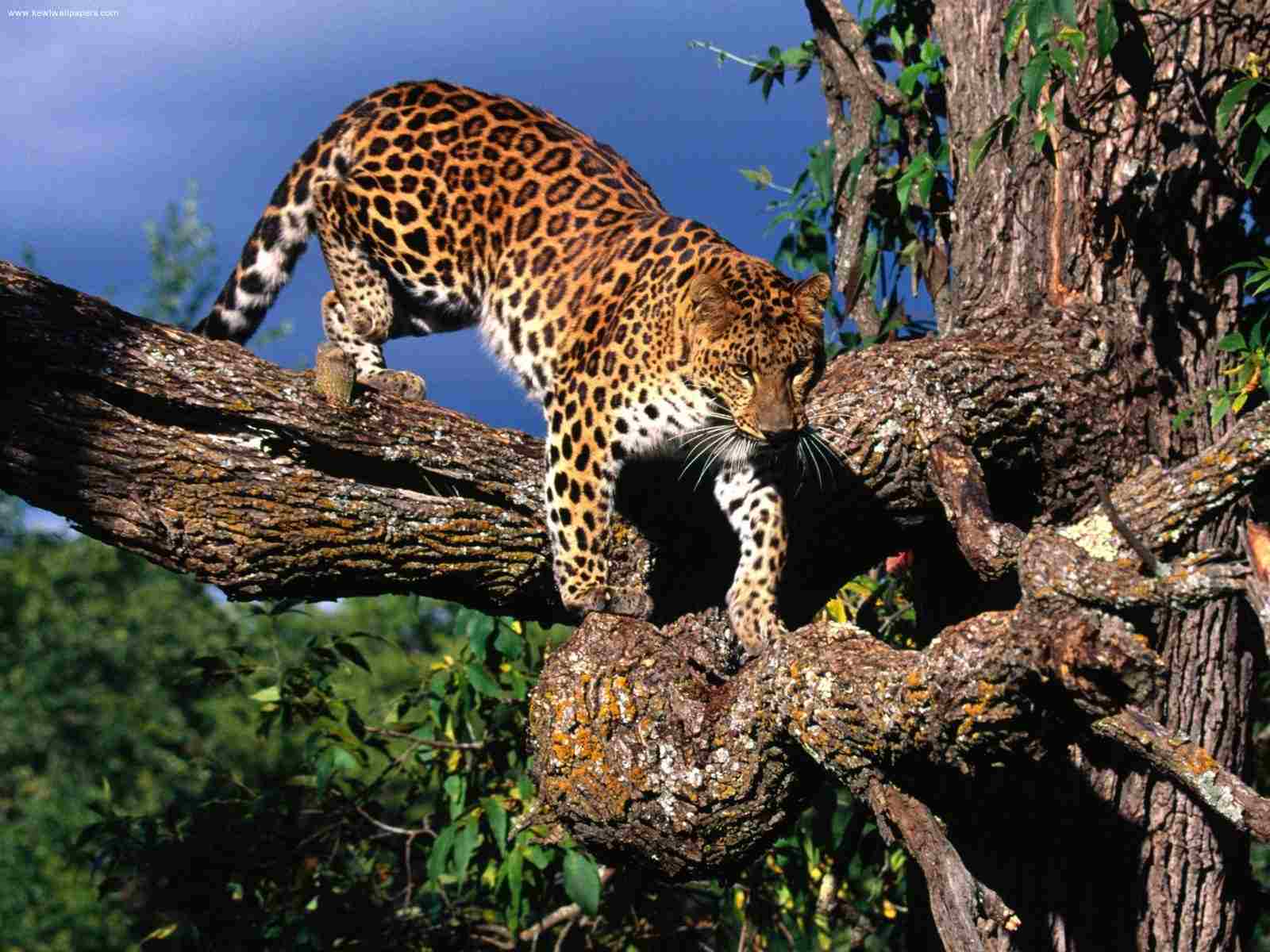
11). Pumas
Pumas, also known as mountain lions or cougars, are powerful predators that inhabit various habitats across the Americas. While not as agile as leopards when it comes to climbing trees, pumas are still capable of navigating through branches and hunting efficiently in arboreal environments. They have been observed to prey on a variety of animals such as birds, sloths, monkeys, snakes, and lizards.
Pumas possess excellent stalking skills, allowing them to silently approach their prey without being detected. This makes them formidable hunters in their natural habitat. While hawks may not be their primary target, pumas are opportunistic predators and will seize the opportunity to capture any animal that crosses their path, including hawks.
Although pumas have a diverse diet, their main source of food consists of ungulates such as deer. However, they are known to feed on smaller animals as well. Hawks, with their aerial abilities, may become potential prey for pumas, especially if they are within reach in the trees.
As an apex predator, pumas play a crucial role in maintaining the balance of ecosystems. By controlling the populations of their prey species, including hawks, pumas contribute to the overall health and stability of their habitats. Their presence ensures the survival of diverse wildlife and helps to regulate the intricate web of life in their environment.
What Eats a Hawk in a Food Chain?
In a food chain, a hawk can be preyed upon by various higher predatory consumers, including some secondary and quaternary consumers. The specific predators that eat hawks depend on the particular ecosystem and food chain they are a part of.
For example, in a rainforest ecosystem, one of the predators that may eat a hawk is the eagle. Eagles are powerful birds of prey that have the ability to hunt and capture hawks. Additionally, larger hawks themselves can also be predators of smaller hawks within the same ecosystem. Another potential predator in the rainforest food chain is the large snake, which can ambush and consume hawks that come within striking distance. Lastly, leopards, with their agility and strength, can also be a threat to hawks in the rainforest.
In a grassland ecosystem, a large hawk can be preyed upon by predators such as coyotes and bobcats. These land-dwelling predators have the ability to stalk and capture hawks that are flying or resting on the ground. The open landscape of the grassland provides an opportunity for these predators to hunt and feed on hawks.
In a deciduous forest ecosystem, one of the predators that may eat a hawk is the puma. Pumas, also known as mountain lions or cougars, are powerful predators that can navigate through the trees and hunt efficiently in arboreal environments. While hawks may not be their primary target, pumas are opportunistic predators and will seize the opportunity to capture any animal that crosses their path, including hawks. Additionally, eagles, with their aerial prowess, can also be predators of hawks in the deciduous forest.
It is important to note that the specific predators of hawks in a food chain can vary depending on the geographic location and the adaptations of the predator and prey species involved. Each ecosystem has its own unique dynamics and interactions between species.
Do Owls Eat Hawks?
Yes, owls, especially large species like the great horned owl, are known to prey on various kinds of hawks. This includes hawks such as the red-tailed hawk and red-shouldered hawk. In some cases, owls may even prey on eagles and other owl species. However, whether an owl will prey on a hawk depends on factors such as the owl species, hawk species, their respective ages, adaptations, and the specific geographic location and ecosystem they inhabit.
Owls are also known to prey on unprotected young hawks. These vulnerable young hawks may become targets for owls looking for an easy meal. However, it’s important to note that the predation dynamics between owls and hawks can vary depending on the specific circumstances and the behavior of the individual species involved.
Do Foxes Eat Hawks?
While there are not many documented cases, it is predictable that foxes can indeed prey on hawks. However, this predation is considered to be very rare. Foxes are not as good climbers or as agile as felines, which makes it difficult for them to catch hawks. However, if the hawks are at a reachable level and the foxes have the advantage of camouflage and ambush, predation can occur, especially in grassland habitats.
It’s important to note that the reverse can also happen, with hawks preying on foxes, although this is mostly observed with young foxes. The dynamics of predation between foxes and hawks can vary depending on the specific circumstances and the behavior of the individual species involved.
What Eats a Red-tailed Hawk?
The red-tailed hawk is a majestic bird of prey that is known for its distinctive red tail feathers. While it is a formidable predator itself, there are several other animals that can pose a threat to the red-tailed hawk. Let’s explore some of the main predators of the red-tailed hawk.
One of the most significant predators of the red-tailed hawk is the great horned owl. With its powerful talons and sharp beak, the great horned owl is capable of taking down even larger birds like the red-tailed hawk. These nocturnal hunters are stealthy and silent, making them a formidable threat to the red-tailed hawk, especially during the night.
Another predator of the red-tailed hawk is the red fox. Although foxes are not known for being skilled climbers, they are opportunistic hunters and can take advantage of vulnerable red-tailed hawks on the ground. Red foxes are known for their agility and speed, which can give them an advantage when hunting the red-tailed hawk.
In some cases, larger snakes such as pythons can also prey on red-tailed hawks. While this may not be a common occurrence, it is not unheard of for snakes to ambush and constrict birds of prey, including the red-tailed hawk. Snakes have the advantage of surprise and can strike quickly, overpowering the hawk before it has a chance to escape.
The golden eagle is another predator that poses a threat to the red-tailed hawk. Golden eagles are powerful and agile hunters, capable of taking down prey larger than themselves. With their sharp talons and strong beaks, golden eagles can easily overpower a red-tailed hawk in a confrontation.
It’s important to note that while these predators can pose a threat to the red-tailed hawk, they are not the only ones. Other large raptors such as eagles and large owls can also prey on red-tailed hawks, especially if they are weakened or injured. Additionally, other predators like coyotes and wolves may opportunistically target red-tailed hawks if given the chance.
Conclusion
* In this article, we have explored the various predators of the red-tailed hawk, including the great horned owl, red fox, larger snakes, and golden eagle. These predators pose a significant threat to the red-tailed hawk, using their unique hunting abilities to overpower and prey upon them. Additionally, we have mentioned that other large raptors, such as eagles and large owls, as well as opportunistic predators like coyotes and wolves, can also target red-tailed hawks if given the chance.
* It is important to note that while the red-tailed hawk is a formidable predator itself, it is not invincible. The presence of these predators in its ecosystem highlights the delicate balance of nature and the constant struggle for survival. Understanding the threats that hawks face from other animals helps us appreciate the challenges they overcome to thrive in their habitats.
* By exploring the predators of the red-tailed hawk, we gain a deeper understanding of the intricate web of interactions within ecosystems. Each predator plays a crucial role in maintaining the balance of nature, and the red-tailed hawk serves as a vital link in the food chain. Protecting these majestic birds and their habitats is essential for preserving the biodiversity and health of our natural world.
FAQs
1. Where is a Hawk in The Food Chain?
A hawk is typically positioned as a level four tertiary consumer in the food chain. This means that it feeds on other animals that are lower in the food chain. However, in certain ecosystems where there are many higher predators, a hawk can be considered a level three secondary consumer. In this case, it preys on animals that are one level below it in the food chain.
This positioning in the food chain allows hawks to play a crucial role in maintaining the balance of the ecosystem. They help control the population of their prey species, which in turn affects the populations of other organisms in the ecosystem. Hawks are an important link in the food chain, contributing to the overall health and stability of their respective habitats.
2. Can a Hawk Eat a Bird?
A hawk is indeed capable of eating a variety of birds, including pigeons, sparrows, and other small avian species. As a predator, hawks have sharp talons and beaks that enable them to catch and kill their prey. They are skilled hunters, using their keen eyesight to spot potential targets from high perches or while soaring in the sky.
Once they have located a bird, hawks will swoop down with great speed and accuracy to capture it. Their diet primarily consists of small to medium-sized birds, making them efficient avian predators. However, it’s important to note that not all hawks have the same dietary preferences, and their specific hunting techniques may vary depending on the species. Nonetheless, it is clear that hawks are well-equipped to catch and consume birds as part of their natural diet.
3. Do Hawks Eat Pigeons?
Hawks are indeed one of the most prominent predators of pigeons. With their sharp talons and powerful beaks, hawks are well-equipped to catch and consume these avian creatures. Pigeons, being relatively small birds, make for an ideal prey choice for hawks.
When hunting pigeons, hawks utilize their exceptional eyesight to spot their targets from high perches or while soaring in the sky. Once a pigeon is located, the hawk will swiftly swoop down with great speed and accuracy to capture its prey. Pigeons are often taken by surprise, unable to escape the hawk’s grasp.
It’s important to note that not all hawks exclusively feed on pigeons. Their diet may vary depending on the species and the availability of other prey. However, pigeons are undoubtedly a significant part of a hawk’s diet, especially in urban areas where pigeons are abundant.
4. Do Hawks Eat Foxes?
Hawks are known to occasionally prey on foxes, but this is not a common occurrence. Foxes are generally larger and more agile than the typical prey of hawks, such as birds and small mammals. However, juvenile foxes may be more vulnerable to hawk attacks due to their smaller size and less developed hunting skills.
In addition to juvenile foxes, hawks may also target sick or injured adult foxes. These individuals are easier targets for hawks, as their weakened condition makes it more difficult for them to defend themselves or escape from an aerial attack.
It’s important to note that hawks primarily rely on their hunting instincts and prefer to target smaller prey that they can easily overpower. Foxes are not a typical part of a hawk’s diet, and they are more likely to go after other animals that are more suitable in size and behavior.
5. Do Hawks Eat Snakes?
Hawks are known to eat snakes, especially smaller ones. However, they are less likely to prey on larger constrictor snakes. Hawks have sharp talons and beaks that allow them to catch and kill snakes. They use their powerful grip to immobilize the snake and then tear it apart with their beak.
Snakes are a suitable prey for hawks because they are smaller in size and less agile compared to birds or mammals. Hawks can easily overpower snakes and consume them as part of their diet. This is especially true for species of hawks that are adapted to hunting on the ground or in open areas where snakes are commonly found.
It’s important to note that not all hawks eat snakes. Some species have different dietary preferences and may focus on other types of prey. However, for hawks that do eat snakes, they provide a valuable food source that contributes to their survival and overall ecological balance.

6. Do Owls Eat Hawks?
Yes, owls can eat hawks, especially larger ones like the great horned owl. Owls are known for their ability to ambush and prey on other birds, including hawks. They can target juvenile hawks or yearlings that may be more vulnerable and less experienced in defending themselves.
Owls have sharp talons and powerful beaks that allow them to capture and kill their prey. They are skilled hunters, using their exceptional hearing and silent flight to surprise their victims. When an owl catches a hawk, it will typically tear it apart with its beak and consume it as part of its diet.
7. Do Hawks Eat Dogs?
Hawks do not typically eat dogs, as dogs are large and can defend themselves against bird predators. However, there have been rare instances where hawks have preyed on unprotected puppies. It is important to note that these cases are uncommon and not a regular part of a hawk’s diet. Hawks primarily feed on smaller animals such as rodents, birds, and reptiles.
They rely on their sharp talons and beaks to capture and kill their prey. While dogs are generally not a target for hawks, it is always advisable to keep small pets supervised and protected to minimize any potential risks.
8. Do Hawks Eat Eagles?
Typically, hawks do not eat eagles. Eagles are larger birds of prey and are generally not considered prey for hawks. However, there have been instances where hawks have seized the opportunity to prey on exposed young, injured, or sick eagles. These cases are rare and not a regular part of a hawk’s diet.
Hawks primarily feed on smaller animals such as rodents, birds, and reptiles. They rely on their sharp talons and beaks to capture and kill their prey. Eagles, on the other hand, are powerful predators themselves and are less likely to be targeted by hawks.
9. Do Hawks Eat Cats?
While there are hardly any documented cases of hawks preying on cats, it is not entirely impossible. Hawks primarily target smaller animals such as rodents, birds, and reptiles. However, in rare instances, hawks have been known to prey on kittens and cubs that are vulnerable and exposed. This behavior is not typical and should not be a cause for significant concern for cat owners.
It’s important to note that hawks are opportunistic hunters and will go after any prey that is easily accessible and fits their size range. To ensure the safety of your cats, it is advisable to keep them indoors or supervised when outside, especially in areas where hawks are known to be present.
10. Do Hawks Eat Small Birds?
Yes, hawks do eat small birds. Small birds are a common prey for many species of hawks. Hawks have sharp talons and beaks that allow them to catch and kill their prey efficiently. They are skilled hunters and can swoop down from the sky to snatch small birds in mid-flight. Hawks often target birds that are smaller in size, such as sparrows, finches, and warblers.
They use their agility and speed to surprise their prey and capture them with precision. Small birds provide a good source of food for hawks, as they are relatively easy to catch and provide the necessary nutrients for their survival.
11. What do Red-tailed Hawks Eat?
Red-tailed hawks have a diverse diet that includes other birds, reptiles, amphibians, and small mammals like rodents. While they are not prominent fish eaters, they will prey on fish if the opportunity arises. These hawks are skilled hunters and have adapted to various habitats, allowing them to find a wide range of prey.
They use their sharp talons and beaks to catch and kill their prey with precision. Red-tailed hawks are known for their agility and speed, which they use to surprise their prey. They are particularly fond of small birds, such as sparrows and finches, which provide a good source of food. Overall, the diet of a Red-tailed hawk is diverse and depends on the availability of prey in their environment.
